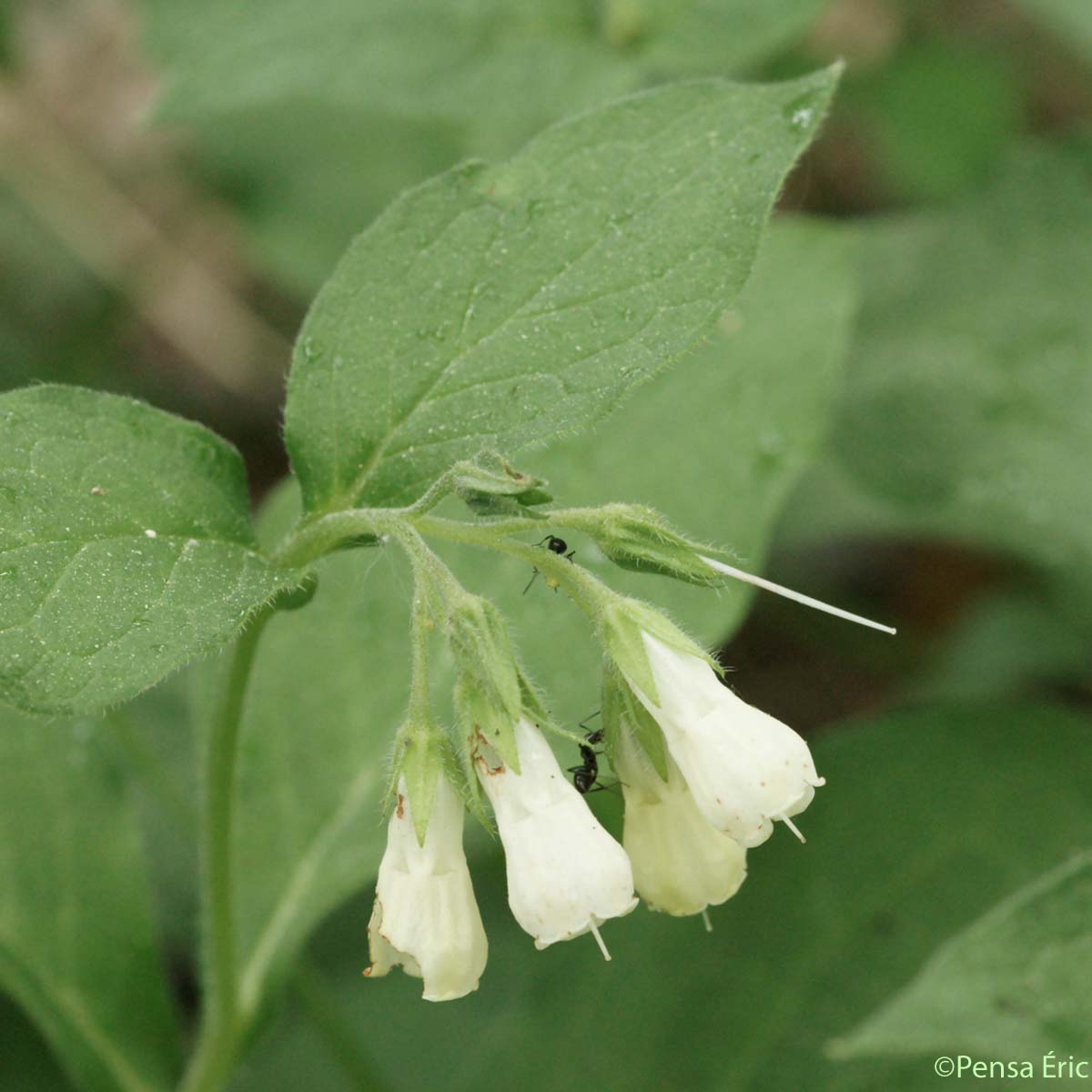


Notably, PDAs were detectable in patients’ blood samples collected one month after hospital admission, indicating adequate persistence of PDAs for use as a clinical biomarker of PA-induced genotoxicity. Using this method, PDAs were, for the first time, detected in blood samples from 18 patients with PA-induced liver injury. The released pyrrole was chemically derivatized to a stable product which was measured by liquid chromatography-tandem mass spectrometry. Blood DNA samples, extracted from PA-exposed rats, were reacted with silver nitrate to cleave the N-linkage between conjugated DNA bases and pyrrole. This study developed a liquid biopsy approach for detecting PDAs in blood to diagnose PA-induced genotoxicity. However, the clinical evidence of PA-induced initial DNA damage is absent. Que la OMA ha emitido diversas reformas y adiciones para adecuar las Notas Explicativas a la evolucin de los. The reactive metabolites of PAs rapidly alkylate DNA to form pyrrole–DNA adducts (PDAs) and seed a population of mutations that initiate tumorigenesis in experimental models. Robinia pseudacacia (non-native species) and Q. Humans are frequently exposed to PA-contaminated food products or PA-containing herbal remedies. Humulus lupulus, Clematis vitalba, Parathenocissus quinquefolia). Further studies are necessary to evaluate the homeopathic Symphytum officinale effects on bone regeneration.Pyrrolizidine alkaloids (PAs) are among the most common phytotoxins with emerging evidence to contaminate soil, water, and nearby plants. It also stimulated periosteal bone formation and had a more intense bone remodeling. Homeopathic Symphytum stimulated bone formation in the medullary cavity some days later than Phy. Phy showed more periosteal bone and cartilage formation. Symphytum, muy til para roturas de huesos Contenidos ocultar 1 Symphytum, muy til para roturas de huesos 1.1 Sntomas y dolencias particulares 1. Both the homeopathic and the phytotherapic medicine stimulated bone repair.

It was compared the effect of the Phytotherapic (Phy) Symphytum officinale 500mg/Kg/day, of the Homeopathic (H) Symphytum officinale 6CH two globules/day, and of a control placebo. This study evaluated the effects of Symphytum officinale on bone regeneration in rats tibiae, by microscopic analysis. There are few scientific reports about its effects on bone repair. Taking into account this aspect the homeopathic formulation of Symphytum officinale should be investigated. However, reports of hepatic intoxication after consuming Comfrey led to prohibiting its internal use.

(AU)ĪBSTRACT Symphytum officinale ( Comfrey) is a medicinal plant used in the treatment of fractures consolidation. linha de nutricosmticos e dermocosmticos para que nossos pacientes levem. São necessários mais estudos analisando os efeitos do Symphytum officinale homeopático no reparo ósseo. O medicamento homeopático Symphytum officinale 6CH apresentou formação de osso na cavidade medular alguns dias mais tardia que o fitoterápico, estimulou a formação de tecido ósseo periosteal e apresentou remodelação óssea mais rapidamente. O medicamento fitoterápico Symphytum officinale estimulou formação de tecido osteocondral e de tecido ósseo periosteal. Os tratamentos com Symphytum officinale em ambas as formulações estimularam a reparação óssea. Foi comparada a ação do extrato fitoterápico 500mg/Kg/dia, da formulação homeopática de 6CH dois glóbulos/dia e de um placebo controle. Este estudo avaliou a ação do Symphytum officinale na reparação de lesões ósseas em tíbia de ratos, através de análise microscópica. Os relatos de sua aplicação são basicamente populares e clínicos e existe pouca literatura científica investigando sua ação na reparação óssea. Este fato justifica a avaliação da formulação homeopática. Entretanto, casos de intoxicação hepática pela planta levaram a proibição de seu uso interno. O Symphytum officinale ou confrei é uma planta medicinal usada no tratamento auxiliar da consolidação de fraturas.


 0 kommentar(er)
0 kommentar(er)
